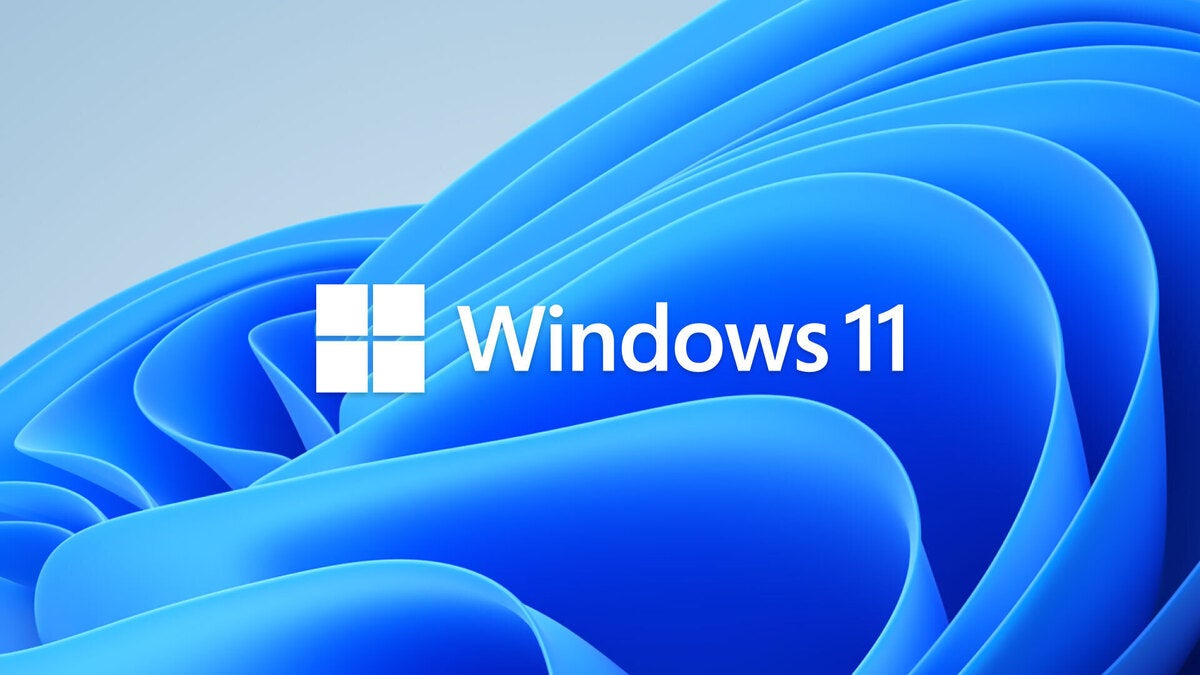One Homebrew member was a college dropout known as Steve Wozniak who built a easy laptop around the 8080 microprocessor, which he hooked as much as a keyboard and tv. Who built a simple laptop with around 8080 microprocessor? Most of the PATTERNS within the 8080. Z80 tables are kind of a direct translation of one another. Then I produced 8080, z80 and 8086 code for them. To get an concept of the standard of the code generated by the 8080, z80 and 8086 again ends I've gathered some C packages and some Pascal applications. For all applications I've computed the ratio of the code-lengths of the 8080, z80 and 8086. The averages of all Pascal/C programs are listed within the desk, standardized to ’100’ for the 8080. So the listed ’107’ indicates that the lengths of the text elements of the z80 packages that originally were Pascal programs, averaged 7 p.c larger than in the corresponding 8080 programs. Beside the selection of the local base, I believe there isn't any elementary distinction between the 8080 and z80 again ends, besides of course that the z80 again end has register pair BC and, less vital, index register IX accessible as scratch registers.
So the desk exhibits that the preparations in the 8080 again finish desk to provide quicker code (like recognizing particular EM-patterns and allowing one byte registers on the fake-stack) was not just for fun, however really improved the generated code significantly. Probably the most hanging thing on this desk is that the z80 back finish seems to provide bigger code than the 8080 back finish. But nevertheless I feel the measurements will give an thought about the code produced by the three back ends. Thus, Intel has still introduced that they not only intend to finish their 7nm course of, they will continue to develop each 5nm and 3nm processes. As of January 2020, cell CPU biggie Qualcomm is already on the 7nm course of for nearly all of its new CPUs, and Apple is said to ship phones with 7nm CPUs for no less than a couple of years. The “nm” in these numbers we’re speaking about stands for nanometers - a minuscule unit of size and this “nm” parameter denotes the dimensions of those small transistors that the CPU is made up of, and the space between these transistors.
 Well, that second type of time travel is what we’re risking at present: we’re gonna take a speculative leap ahead in time, to discuss AMD and Intel’s CPUs of the longer term! Intel 8080 non-A processors had been manufactured for very short time frame, from 1974 to the beginning or the middle of 1975, and so they have been shortly changed by 8080A CPUs. To make it easier, we dug in and pulled out the most commonly found CPUs on the list, which you’ll see under. The PCI bus. The working system detects that the sound card is a new gadget and shows a small window telling you that Windows has discovered new hardware and is figuring out what it's. It was an 8-bit CPU with an external 14-bit address bus that would deal with 16KB of reminiscence. Q. Do I've to buy the most recent era of Intel CPU? Why can't we use the computing energy we've available at present to make computers communicate with humans extra efficiently, with out the need for programming languages, working programs, and many others?
Well, that second type of time travel is what we’re risking at present: we’re gonna take a speculative leap ahead in time, to discuss AMD and Intel’s CPUs of the longer term! Intel 8080 non-A processors had been manufactured for very short time frame, from 1974 to the beginning or the middle of 1975, and so they have been shortly changed by 8080A CPUs. To make it easier, we dug in and pulled out the most commonly found CPUs on the list, which you’ll see under. The PCI bus. The working system detects that the sound card is a new gadget and shows a small window telling you that Windows has discovered new hardware and is figuring out what it's. It was an 8-bit CPU with an external 14-bit address bus that would deal with 16KB of reminiscence. Q. Do I've to buy the most recent era of Intel CPU? Why can't we use the computing energy we've available at present to make computers communicate with humans extra efficiently, with out the need for programming languages, working programs, and many others?
Shimizu commented that the know-how underpinning this system consists of optimised macros and logic design and usage of SRAM for low power consumption: The Silicon know-how, which uses a 7nm FinFET and direct water cooling, can be very efficient. Riken: 'High-density integration isn't just for the performance but in addition for power effectivity. Benchmarks with sure characteristics are chosen to judge the performance of latest proposals. What are CPU chips? What number of calculations can a CPU do per second? Can you execute one hundred millions of instruction per second? Several components contributed to its reputation: its 40-pin package deal made it simpler to interface than the 18-pin 8008, and in addition made its knowledge bus more efficient; its NMOS implementation gave it faster transistors than those of the P-sort metallic-oxide-semiconductor logic (PMOS) 8008, whereas also simplifying interfacing by making it TTL-compatible; a wider variety of help chips was accessible; its instruction set was enhanced over the 8008; and its full 16-bit tackle bus (versus the 14-bit one of the 8008) enabled it to entry sixty four KB of memory, four instances more than the 8008's range of 16 KB.












0 komentar:
Posting Komentar